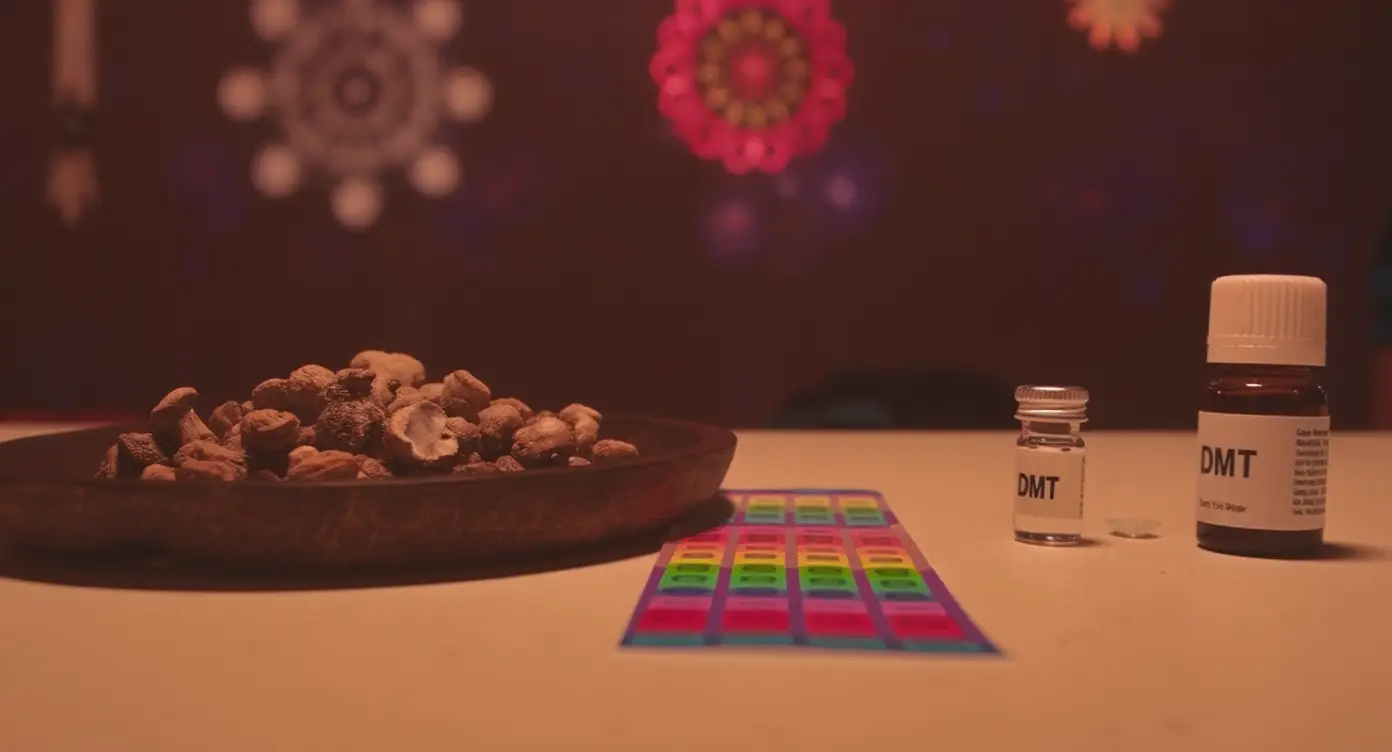Hallucinogens are drugs that alter perception, thoughts, and emotions. They can cause people to see, hear, or feel things that aren’t really there.
These substances include natural forms like psilocybin mushrooms or mescaline, as well as synthetic ones like LSD or DMT. They are often used in party or spiritual settings to create intense sensory experiences.
Despite being considered “non-addictive” physically, hallucinogens can lead to psychological dependence, flashbacks, and risky behavior during use.

🧠 Related Terms
👉 Learn more about prevention:
Narconon Europe – Drug Abuse Help
👉 For more educational content, see our Drug Education & Prevention Materials
❓ FAQ – What are Hallucinogens?
1. What are hallucinogens used for?
They are used recreationally or in rituals to alter consciousness and perception.
2. Why are hallucinogens dangerous?
They distort reality and can lead to panic, injury, or unsafe decisions.
3. What do hallucinogens look like?
They appear as mushrooms, blotter paper, colored pills, or powders.
4. Can someone have long-term effects?
Yes. Some users experience flashbacks or Hallucinogen Persisting Perception Disorder (HPPD).
5. How to reduce hallucinogen risks?
Avoid all use, especially in unknown environments or with strangers.
